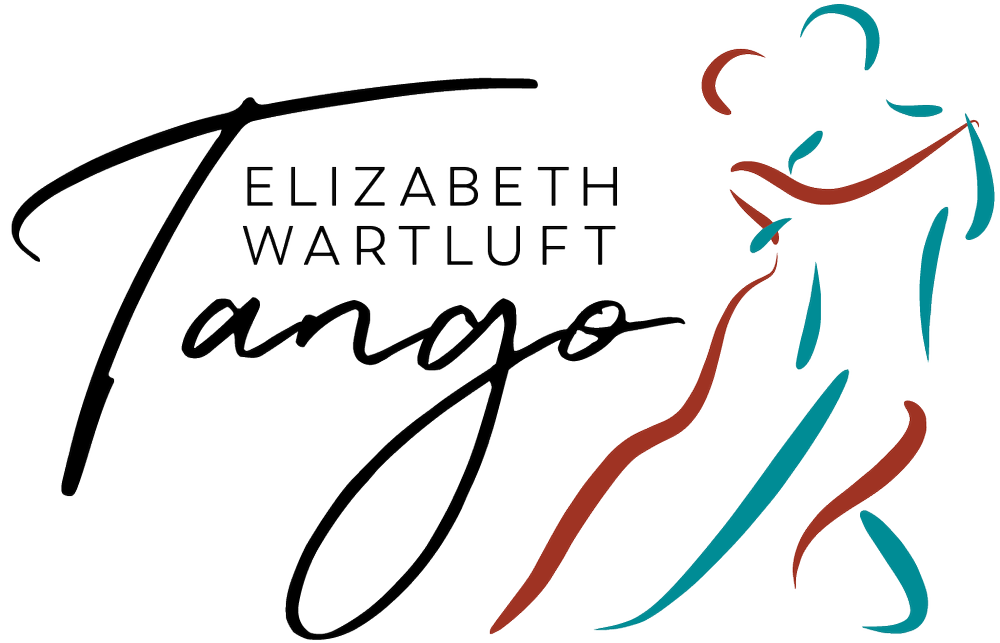The past few weeks, we have focused on process, the gestalt of a move, to enjoy how our bodies react to tango music and to our partner. This week, we are going to mess around with a few details that will add elegance and give you a good tango workout, too!
1-2-3 speeds of torque on Tuesday
When we learn tango, we work on contrabody for walking, to balance and create elegance in our dance. After that, we learn ochos and twist further to add pivots into tango. Lastly, we learn boleos and other extreme pivoting moves. Usually, we have used all of our twist to do the other moves, and so, as a last resort, we throw our bodies into overdrive—and usually off-balance—to make this third “speed” of torque a part of our dance.
This is true both for leading, where overrotating creates a lot of push-pull of the poor follower and back pain for the leader. The follower, who has been told to rotate past a comfort zone, these adjustments should make for a more elegant and painless pivot. I never teach this because feeling good will lead to looking much better than anything else!
This week, we are going to start with our extreme, find out where it REALLY stops, and then retool all of our smaller pivots and torques to fit inside what our body can do correctly and safely. You will find that walking takes almost no torque, no matter how twisty contrabody felt when you started to pay attention to how you moved. Ochos will also be much smaller in rotation that you thought!
By the end of class, all of your twisting and contrabody moves will feel better and more integrated.
Join us at 6:30 Pacific time, Tuesday February 23rd!
Footwork Friday
At noon on Friday, February 26th, we will focus on footwork. Articulate your arches, balance in your ankles, finishing moves 100%—it’s subtle, but that extra attention to your feet will pay off in your dance!
So many people tell me that their feet or ankles hurt when they dance (or their knees or hips….) and much of this can be alleviated with adjustments to how we use our feet as we balance and travel from step to step. It’s hard to feel what our feet are doing because the adjustments are small but focusing on the feet will yield a lot of tango improvement!
We will work on adornos in walks and ochos; traspies in ALL directions; some speed practice, and more if we have time. Class will finish with a musicality component, putting all of this into action with the music!
Join us at noon on Friday!











